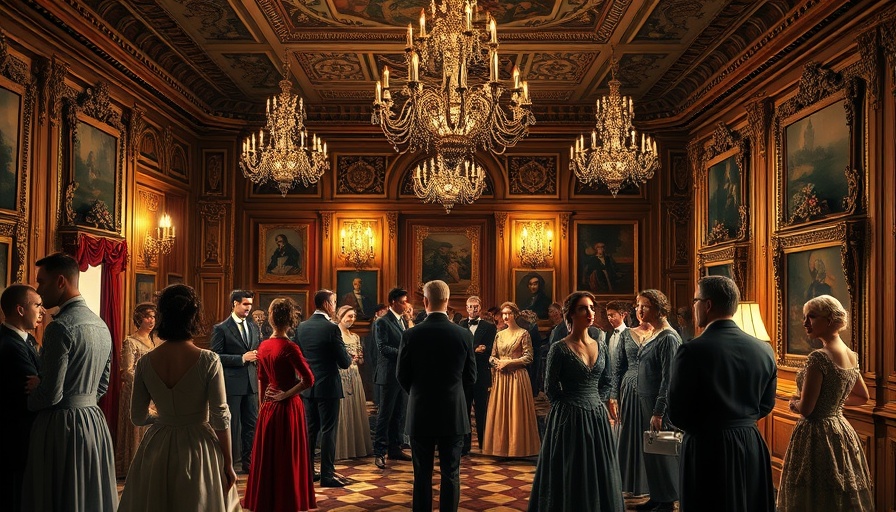
The Rise of New York City: Birthplace of a Metropolis
As the 19th century dawned, New York City emerged as a crucial player in the national narrative, transforming into America’s largest city. By the early 1800s, its population soared to 100,000, establishing a bustling urban center that hailed innovation and culture.
Innovation in Transportation: Robert Fulton’s Steamboat
In 1807, Robert Fulton revolutionized transportation with his steamboat, the Clermont. This innovation catered to both commercial and passenger needs, streamlining the way goods and people moved along waterways. Described as a “monster” on the waters, Fulton's invention not only changed travel but also laid the groundwork for the future infrastructure of New York, facilitating trade and communication across the region.
Culture and Identity: The Legacy of Washington Irving
Simultaneously, literary giants like Washington Irving contributed to New York's identity. In his satirical essays, Irving coined the term “Gotham,” referencing a 13th-century English legend. Through his work, he highlighted a key cultural aspect of the city—its unique, distinctive character that balances humor with a sense of history. This literary legacy persists today as part of New York’s broader narrative.
The Vision for Growth: The City’s Gridded Future
In response to rapid urbanization and population growth, the 1811 city grid plan was introduced. This grid, envisioned by city planners to enhance “beauty, order, and convenience,” fundamentally altered the landscape of Manhattan. It facilitated structured growth, enabling the metropolis to develop efficiently and preparing for future expansions.
Implications for Tomorrow: Lessons from 19th Century Growth
The historical developments of 19th century New York City offer valuable lessons today. As urban centers worldwide grapple with rapid growth and modernization, understanding the early successes and challenges faced by New York can provide insights into sustainable urban development. The city’s transformation into a leading metropolis was dramatic, signifying the potential for cities to redefine themselves amid change.
As we reflect on the evolution of New York City during the Gilded Age, it serves as a reminder of the ongoing challenges and triumphs that urban areas face. By studying this pivotal period, modern city planners, businesses, and citizens can gain important knowledge about fostering urban resilience and growth.
 Add Row
Add Row  Add Element
Add Element 



Write A Comment